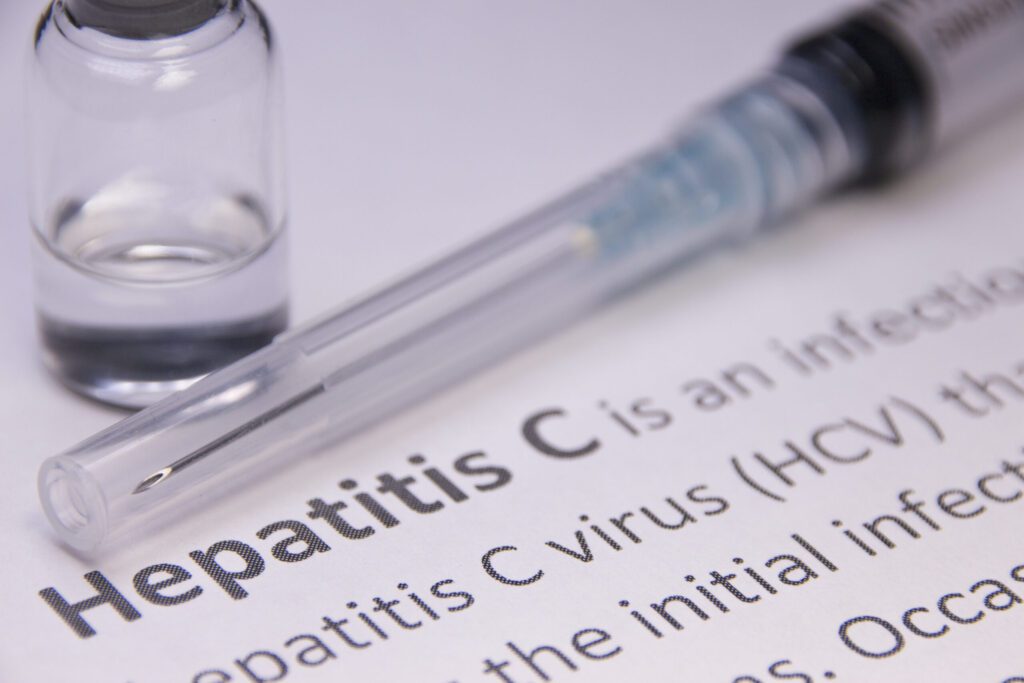Help for Uninsured Patients With Hepatitis C
by MATT COBBLE
Sponsored by Central Florida Health Care
For many years, patients diagnosed with Hepatitis C had few options for treatment. Before the mid-1990s, Hepatitis C could not be cured, only managed with monthly injections supported by daily doses of medication. Even when treatments began to hit the market in 1994, the cost of the medication was frequently prohibitively expensive.
Central Florida Health Care hopes to alleviate some of those concerns by offering treatment for Hepatitis C, even to those patients without insurance.
“It feels really nice to be able to do this for these patients who have had Hepatitis C for so many years but could never get treatment due to being uninsured,” says Linda Gellatly, ARNP. Gellatly is a nurse practitioner with Central Florida Health Care who works with infectious disease patients, specializing in hepatitis and human immunodeficiency virus (HIV).
“Uninsured patients with hepatitis C can be seen, paying only office fees, which follow a sliding scale, based on income guidelines. Medications can be provided at no charge by drug manufacturers, again based on income qualifiers.”
This fact is especially noteworthy for patients without insurance, as the cost of the medication can range from $26,000 up to $86,000, depending on the formulation and manufacturer of the medication. Of the 90 patients Gellatly has treated in her time at Central Florida Health Care, 50 of them have been uninsured.
Hepatitis is a viral infection that causes inflammation of the liver, sometimes leading to serious liver damage, such as liver cirrhosis or liver cancer. Different strains of the virus cause different types of hepatitis, including:
- Hepatitis A Virus (HAV), which is found in the blood and stool of infected people and is very contagious. Patients with hepatitis A are not typically hospitalized. The disease typically runs its course over weeks or months, with a relatively low mortality rate. A vaccine for hepatitis A is available and alongside thorough hand-washing, serves as the best prevention.
- Hepatitis B Virus (HBV), which is incurable even though a vaccine exists. Hepatitis B is most frequently spread through blood or bodily fluids, such as injection drug use or sexual contact.
- Hepatitis C Virus (HCV), which is also most commonly transmitted through blood or bodily fluids. Hepatitis C is treatable, but no vaccine currently exists. Until recently, hepatitis C treatment required weekly injections and oral medications that many infected people were unable to take either due to other health problems or unacceptable side effects from the medication. Today, chronic HCV is usually curable with oral medications taken every day for two to six months.
According to Gellatly, every chronic hepatitis C infection starts with an acute phase.
“Acute hepatitis C usually goes undiagnosed because it rarely causes symptoms. When signs and symptoms are present, they may include jaundice, along with fatigue, nausea, fever and muscle aches. Acute symptoms appear one to three months after exposure to the virus and last two weeks to three months.”
However, acute hepatitis C infection does not always become chronic.
“Some people clear HCV from their bodies after the acute phase, an outcome known as spontaneous viral clearance.” In studies of people diagnosed with acute HCV, rates of spontaneous viral clearance have varied from 15 percent to 25 percent.
The Centers for Disease Control and Prevention recommends that every person 18 and older be screened for HCV at least once in their lifetime. It also advises testing on the basis of risk in certain populations, such as injection drug users, patients with HIV and previous recipients of transfusions or organ transplants.
Early treatment is the key to successfully curing HCV. Individuals with untreated hepatitis C can develop other types of liver disease, including cirrhosis, which is the number one cause of liver transplants in the United States. But with proper treatment, cure rates are approximately 98 percent.
“Everyone can be treated,” Gellatly stressed, “regardless of their ability to pay.”
To learn more about Central Florida Health Care, visit CFHConline.org or call 866-234-8534.
